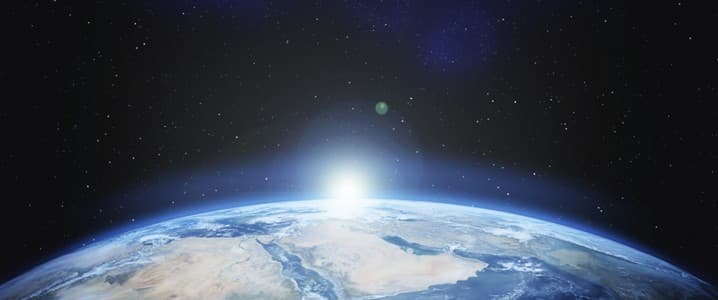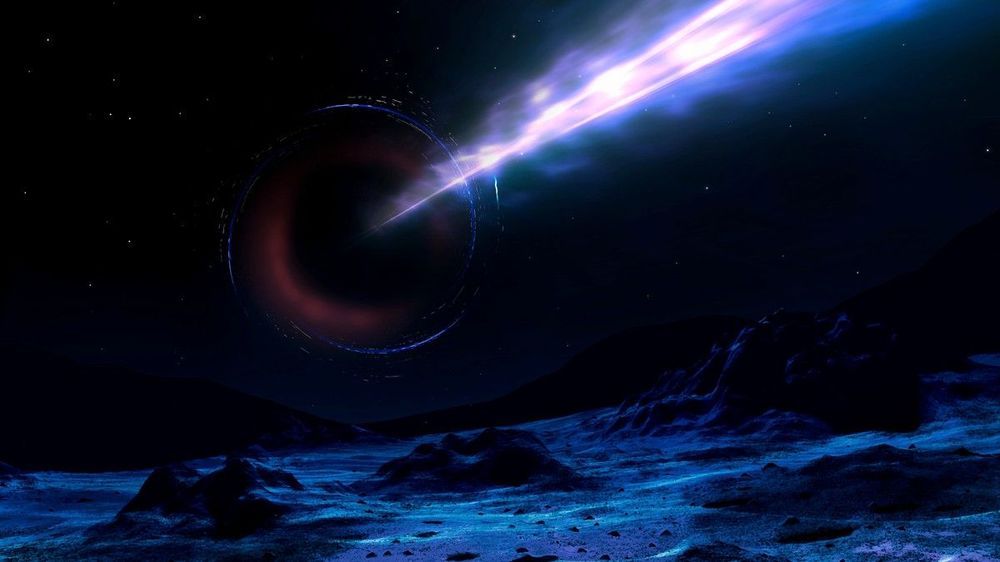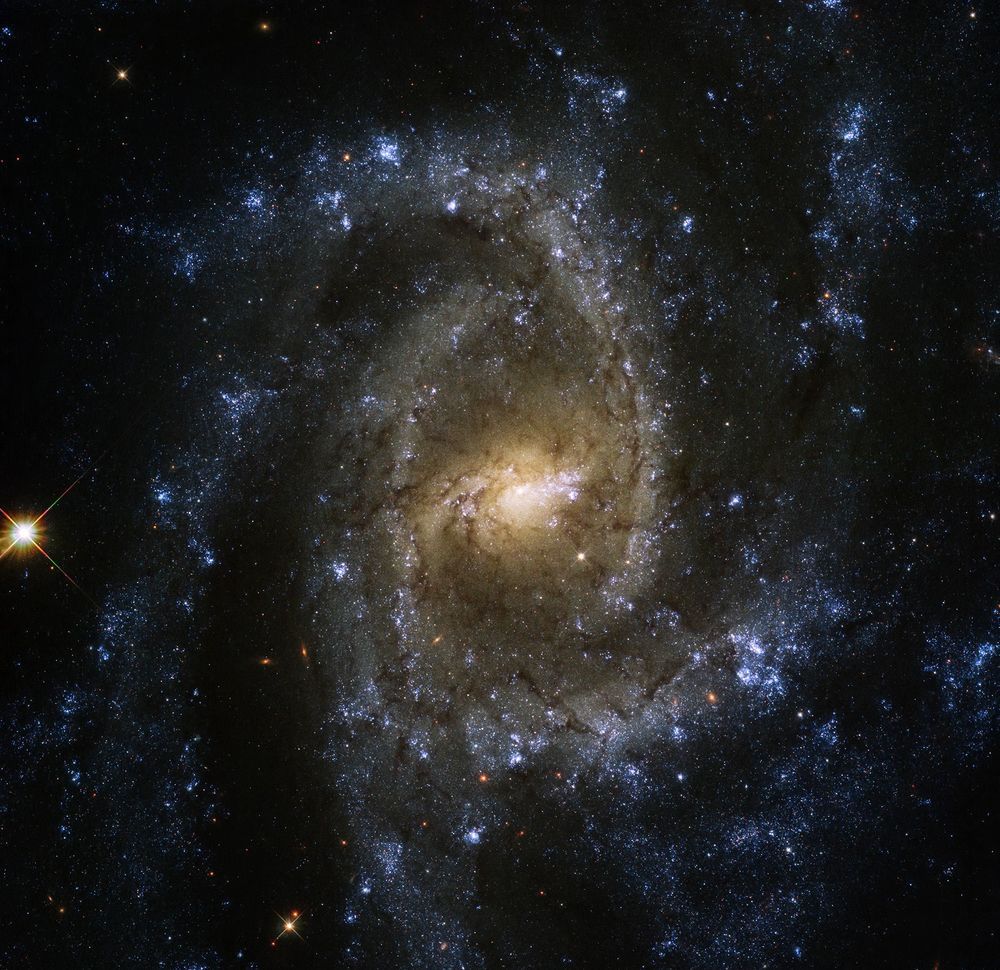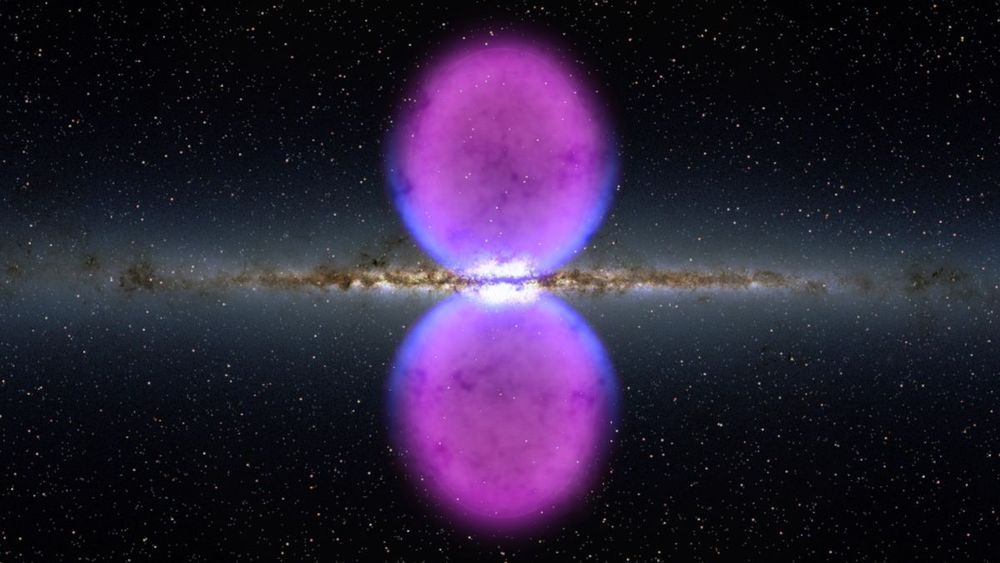O,.o 2016
The irreversibility of time may be a clue as to what makes up the universe’s dark matter.


While the future of the clean energy proposal remains uncertain, the majority of Americans have been reading from the same page regarding what needs to be done: Dramatically cutting down the country’s reliance on fossil fuels over the next two decades is critical to lowering greenhouse gas (GHG) emissions and address climate change, with six in 10 U.S. adults saying they would favor policies with this energy goal. Thankfully, scientists have been researching alternative energy solutions like wind and solar power for decades, including lesser-known sources that may seem a little unusual or even downright ridiculous and unrealistic.
You can chalk up harvesting energy from blackholes to the latter category.
Fifty years ago, British mathematical physicist, Roger Penrose, proposed a seemingly absurd idea how an alien society (or future humans) could harvest energy from a rotating black hole by dropping an object just outside its sphere of influence also known as the ergosphere where it could gain negative energy. Since then, nobody has been able to verify the viability of this seemingly bizarre idea— that is until now.
A new method promises to capture an elusive dark world particle.

How to a destroy a black hole will posted below.
The blazar—powered by an extremely bright black hole that can blast a hole through galaxies—is the most ancient ever discovered, sending radio signals from the early universe.

The twisting patterns created by the multiple spiral arms of NGC 2835 create the illusion of an eye. This is a fitting description, as this magnificent galaxy resides near the head of the southern constellation of Hydra, the water snake. This stunning barred spiral galaxy, with a width of just over half that of the Milky Way, is brilliantly featured in this image taken by the NASA /ESA Hubble Space Telescope. Although it cannot be seen in this image, a supermassive black hole with a mass millions of times that of our Sun is known to nestle in the very center of NGC 2835.
This galaxy was imaged as part of PHANGS-HST, a large galaxy survey with Hubble that aims to study the connections between cold gas and young stars in a variety of galaxies in the local Universe. Within NGC 2835, this cold, dense gas produces large numbers of young stars within large star formation regions. The bright blue areas, commonly observed in the outer spiral arms of many galaxies, show where near-ultraviolet light is being emitted more strongly, indicating recent or ongoing star formation.
Expected to image over 100 000 gas clouds and star-forming regions outside our Milky Way, this survey hopes to uncover and clarify many of the links between cold gas clouds, star formation and the overall shape and morphology of galaxies. This initiative is a collaboration with the international Atacama Large Millimeter/submillimeter Array (ALMA) and the European Southern Observatory’s Very Large Telescopes MUSE instrument, through the greater PHANGS program (PI: E. Schinnerer).

Three physicists won a $3 million Breakthrough prize for proving there is no fifth force (that we know of). And it all started with a series of table-top experiments using cheap equipment.
Eric Adelberger, Jens Gundlach and Blayne Heckel together lead the “Eöt-Wash Group,” which is devoted to precise tests of physical laws. They take their name from the early-1900s physicist Loránd Eötvös and the University of Washington, where they work. These Eöt-Wash researchers got their start in the mid-1980s, using a device known as a “torsion balance” to disprove claims of an undiscovered fifth force in physics. Since then, they’ve used more elaborate versions of the same device to test the true strength of gravity, detect the tug of dark matter in the Milky Way and search for theoretical physical effects like extra dimensions and “axion wind.”


« Has the universe been around forever? If so, perhaps it’s been bouncing back and forth in a never-ending cycle of big bangs in which all matter bubbles out of a singularity, followed by big crunches, in which everything gets swallowed up again to form that dense point from which the universe is born again. And the cycle continues over and over and over. »
All you need is some string.

One-hundred million light years away from Earth, an unusual supernova is exploding.
That exploding star —which is known as “supernova LSQ14fmg”—was the faraway object discovered by a 37-member international research team led by Florida State University Assistant Professor of Physics Eric Hsiao. Their research, which was published in the Astrophysical Journal, helped uncover the origins of the group of supernovae this star belongs to.
This supernova’s characteristics—it gets brighter extremely slowly, and it is also one of the brightest explosions in its class—are unlike any other.

A good astrophotography lens is one that has a wide focal length and a wide maximum aperture. Normally, this would be a prime lens, but one of Canon’s next major lenses might buck that trend.
Canon Rumors is reporting that an RF 14-21mm f/1.4L USM lens is currently being tested by photographers, after a patent emerged for such a lens early last year. A super-wide aperture ultra-wide angle lens is a ton of fun to shoot with; in fact, when I reviewed the Sigma 14mm f/1.8 DG HSM Art, I called it one of the most fun lenses I have shot with, an evaluation that holds true to this day. Beyond the fun aspect, no doubt, such a lens would be tremendously useful for astrophotographers. At this time, the widest full frame f/1.4 lens is the Sigma 20mm f/1.4 Art, a prime lens. Not only would the rumored RF lens offer a significantly wider field of view at the same maximum aperture, it would also offer a very useful zoom range for astrophotography and nighttime landscape and cityscape work.
There is no word on price or availability yet, but such a lens would definitely be popular among both astrophotographers and event shooters. Would you be interested in one?